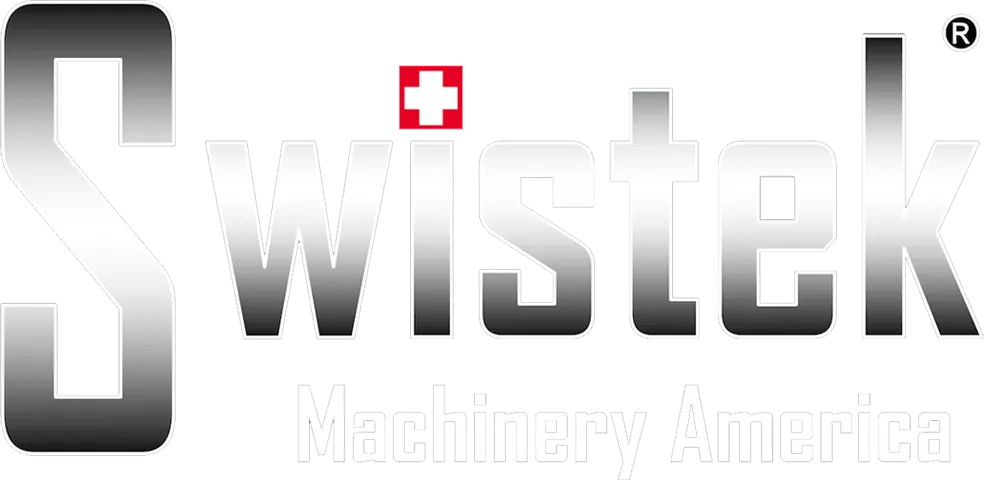
While Swistek’s Swiss-type CNCs are the perfect solution for a vast range of manufacturing projects, this doesn’t mean that they are right for every single job or machine shop. Like any other tool, the Swiss screw machine comes with its own sets of benefits and drawbacks.
Extra Stability
The guide bushing allows for additional support for workpieces, meaning that especially slender parts can be machined with ease on a Swiss CNC with virtually no deflection at all.
Programming Learning Curve
Perhaps the most difficult aspect of the Swiss screw machine is getting comfortable with programming the machine. The important thing to remember is that the Z-axis motion on Swiss CNCs comes from the motion of the stock instead of the tool. This means that all the Z-axis offsets are reversed, so the negatives are positives and vice-versa. With a little practice, programming is no problem at all.
Oil Replaces Water
Swiss-type CNCs use oil as the cutting fluid instead of water. Whether or not this is a bad thing depends on your personal preference. Oil allows for greater lubricity, which means smoother cuts into the stock. However, oil is not as effective as a coolant as water, meaning that the tools inside the work zone may require gloves or a work towel when changing them as they can get very hot.
Faster Production
Swiss screw machines are capable of cutting down cycle times for several reasons. The extra stability the guide bushing affords means that more aggressive cuts can be made without any risk of deflection. Additionally, Swiss CNC’s cut most workpieces in one cycle, meaning that it drops from the machine ready to be prepped for shipping.
Swiss screw machines are incredibly versatile and would be at home on almost any manufacturing floor. All it takes to master them is a little patience and practice.
